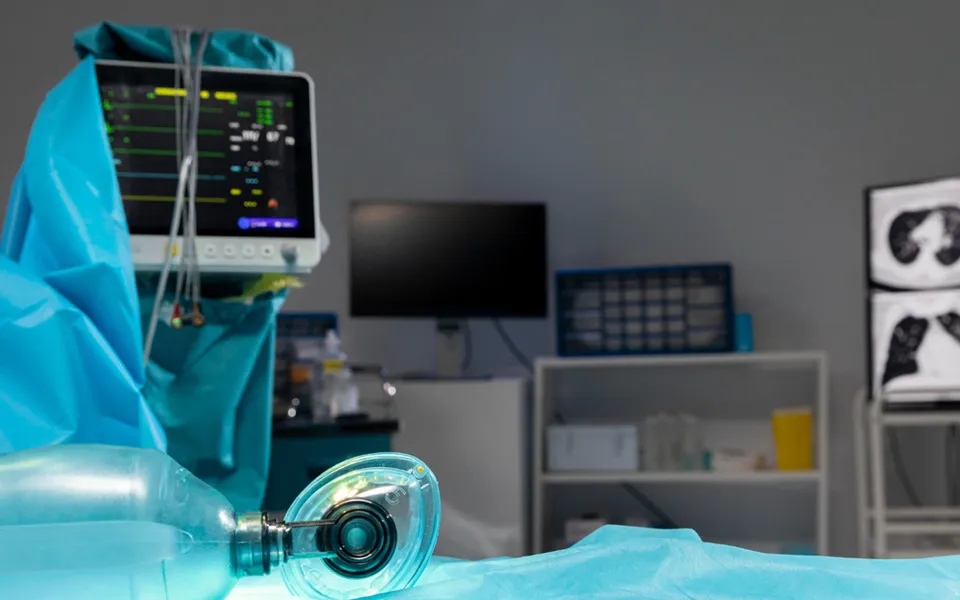Safeguarding Healthcare: Comprehensive Strategies to Mitigate Cybersecurity Threats in Medical Devices
In recent years, the integration of technology into healthcare has revolutionized patient care, with medical devices playing a crucial role in diagnostics, treatment, and monitoring. However, this increasing reliance on interconnected devices has opened avenues for cybersecurity threats, posing risks to patient safety, data integrity, and overall healthcare infrastructure. This article explores the multifaceted strategies and best practices essential for mitigating cybersecurity threats in medical devices, emphasizing a collaborative approach involving manufacturers, healthcare providers, regulators, and other stakeholders.

I. Security by Design:
One of the fundamental pillars in mitigating cybersecurity threats is integrating security measures into the very fabric of medical device design. This includes incorporating robust authentication, encryption, and access control mechanisms from the initial stages of development.
II. Regular Security Audits and Assessments:
Frequent security audits and vulnerability assessments are imperative to identify and rectify potential weaknesses in medical devices. These proactive measures contribute significantly to maintaining the resilience of the devices against emerging cyber threats.
III. Secure Software Development:
Implementing secure coding practices during software development is paramount. Regular updates and patches must address known vulnerabilities and ensure that the software aligns with the latest security standards.
IV. Network Segmentation:
To contain the impact of potential breaches, implementing network segmentation is essential. Isolating medical devices from other parts of the network minimizes the risk of lateral movement by attackers.
V. Encryption and Data Protection:
Protecting patient confidentiality is a top priority. Ensuring that data stored on and transmitted between medical devices is encrypted adds a layer of defense against unauthorized access and data breaches.
VI. Access Control and Authentication:
Implementing robust access controls and authentication mechanisms prevents unauthorized access to medical devices. Multi-factor authentication enhances security by requiring users to provide multiple forms of identification.
VII. Regular Software Updates:
Medical device manufacturers must establish a mechanism for regular software updates and patches. This not only addresses vulnerabilities but also ensures compatibility with evolving security standards.
VIII. Supply Chain Security:
Strengthening the security of the supply chain is critical. Verifying the integrity of components and software updates, coupled with collaboration with suppliers, is essential to maintaining a secure supply chain.
IX. Incident Response Planning:
Developing and regularly testing incident response plans ensures a swift and coordinated response to any cybersecurity incidents. This preparedness is crucial for minimizing the impact of potential breaches.
X. User Training and Awareness:
Comprehensive cybersecurity training for healthcare professionals, administrators, and other users of medical devices is indispensable. Raising awareness about common threats and best practices fosters a culture of security within healthcare organizations.
XI. Regulatory Compliance:
Remaining informed about and complying with relevant cybersecurity regulations and standards is non-negotiable. Collaborating with regulatory bodies helps establish and adhere to cybersecurity guidelines specific to the healthcare industry.
XII. Collaboration and Information Sharing:
Fostering collaboration among manufacturers, healthcare organizations, cybersecurity researchers, and government agencies is key to staying ahead of evolving threats. Sharing threat intelligence and best practices contributes to a collective defense against cyber attacks.
XIII. Physical Security Measures:
In addition to virtual safeguards, implementing physical security measures is essential. Preventing unauthorized access and tampering with medical devices adds an extra layer of protection against potential threats.
XIV. Continuous Monitoring:
Continuous monitoring of medical devices is indispensable for detecting and responding to anomalous behavior or potential security incidents in real time. Proactive measures contribute significantly to early threat detection.
XV. Public Awareness Campaigns:
Engaging in public awareness campaigns is an often overlooked but crucial aspect of cybersecurity. Educating healthcare professionals, patients, and the general public about the importance of cybersecurity fosters a collective responsibility for maintaining a secure healthcare environment.
Conclusion
In the ever-evolving landscape of healthcare technology, the imperative to safeguard against cybersecurity threats in medical devices calls for a united and comprehensive approach. Manufacturers, healthcare providers, regulators, and various stakeholders must recognize the gravity of these challenges and collaborate effectively to implement the outlined strategies. By doing so, we can ensure the safety, integrity, and privacy of patient data, upholding the principles that form the foundation of ethical healthcare.
As technological advancements continue to reshape the healthcare landscape, the commitment to cybersecurity becomes not just a necessity but a cornerstone of responsible innovation. Individuals relying on medical devices for their health and care deserve the assurance that these technologies are fortified against evolving threats. The trust bestowed upon the healthcare ecosystem depends on the unwavering dedication to maintaining the highest security standards. In this collective effort, we not only protect the well-being of patients but also fortify the very core of a healthcare system that relies on the symbiosis of technology and human care. As we navigate the future of healthcare, let the commitment to cybersecurity serve as a steadfast guardian, ensuring that progress in technology is synonymous with the advancement of patient safety and welfare.








